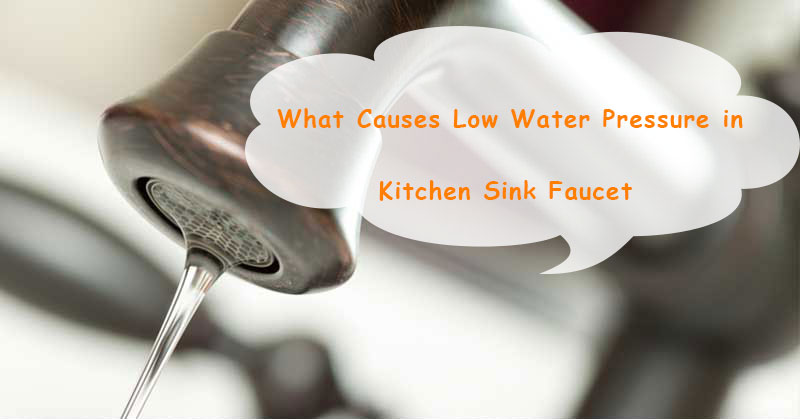
The faucet is an indispensable part of our kitchen. But over time the drop of water pressure causes the water flow to slow down, which severely affects our efficiency of life. We have tried all means to fix it. In this post, we summarize the causes of low water pressure in kitchen sink faucet from various aspects and offer you some solutions to fix it.
Generally speaking, low water pressure in kitchen sinks faucet is caused by the following factors:
- Clogged aerator
- Blocked faucet cartridge
- Water line breaks
- Leaking toilets
- Shut-off valve
- Pressure Reducing Valve (PRV)
If you find out that the low water pressure is only happened in kitchen sink faucet, it is very likely that it is caused by a clogged aerator or cartridge. If the water pressure is also low other areas, it is most likely caused by the latter four factors. The followings are about the details of what causes of low water pressure in kitchen sink faucet and the solutions.
1. Clogged aerator
Faucet aerator is a device to control flow rate and usually located near the top of faucet. Typically, minerals particles and debris can clog up the aerator. If so, your kitchen sink may eventually lose water pressure. In most cases, the water pressure can be restored if cleaning the aerator.
How to fix:
You can remove the aerator by turning it counterclockwise by hand. But if it is difficult to open by hand, you can use a pair of sliding joint pliers with tape wrapped around the teeth for better grip. Once removed, you can soak the aerator in vinegar and brush off the sediment. Generally, soaking the aerator overnight is sufficient. In short, if the particles are too stubborn to fall off, you can replace them at any time.
2. Blocked faucet cartridge
A clogged faucet cartridge can also cause low water pressure in the sink. The cartridge controls the flow of water in the faucet. In other words, when you twist the handle, the cartridge will open the valve and let the water flow. It is obvious that cleaning the cartridge is more complicated than cleaning the aerator.
How to fix:
Before starting to disassemble the faucet, close the shut-off valve to let all the water flow out, which is to ensure that there is no residual water in the pipeline. Then, close the plug of the sink to prevent debris from flowing into the drain. Now use a flat-blade screwdriver to pry off the handle cover. After removing the handle, you can use a pair of sliding joint pliers to remove the fixing nut. This will help stick tape around the teeth of the pliers to increase grip. In addition, it can prevent the tap from being scratched. Then, use a pair of ordinary pliers to pull down the retaining clip. Finally, you will be able to pull out the ink cartridge from the opening.
You can soak the ink cartridges in vinegar overnight to clean the ink cartridges. Scrape off the sediment with a stiff brush. However, if you feel that the deposit is too stubborn to fall off, you should consider replacing it.
3. Water line breaks
The waterline in the faucet may break from time to time. However, it may not be so easy to check it out. If not only your kitchen sink loses water pressure, the water line is also likely to be broken.
How to fix:
You can check whether your waterline is interrupted by reading the meter. That is, close all faucets and outlets, and take meter reading. After about four hours, read the meter again. The change in the reading indicates that a water pipe ruptured somewhere causing a leak. In the event of a potential break in the water lines, it is recommended that you should call a professional plumber to check.
4. Leaking toilets
Leaking toilets can cause low water pressure in the kitchen sink and other areas. Some causes of leaks are broken water supply lines or toilet tanks. In addition, there may be a stuck baffle, fill valve or float causing leakage. Furthermore, it may even be a wrong connection or a warped baffle.
How to fix:
Although you can try to fix it by yourself, I suggest you call a certified plumber. They have extensive experience in handling such issues.
5. Shut-off valve
The shut-off valve shuts off the water to the kitchen sink, which is usually located below the sink. Because the valve does not always operate, deposits tend to accumulate over the years. Therefore, the washers are weakened. Sometimes, there is a tendency for leakage near the stem of the shut-off valve. In any case, it is always a good idea to check whether the valve is fully open first. Most importantly, a closed shut-off valve may be the only cause of low water pressure in the kitchen sink. If your kitchen sink has two shut-off valves (hot and cold), please check if both need to be replaced or only one needs to be replaced. In most cases, it is easier to replace than to try and get a faulty shut-off valve to work.
How to fix:
Before attempting to replace, close the main water pipe to prevent water from interfering with your work. First of all, remove the water pipe connecting the shut-off valve and loosen the nut with a wrench. You can remove it by turning it counterclockwise. Next, remove the compression nut holding the shut-off valve in place. Removing the compression nut will cause the shut-off valve to fall off.
Make sure you get the identical shut-off valve to replace. Tighten the compression nut to hold the new valve in place. However, do not tighten too much, otherwise the nut or pipe will be damaged. Finally, reconnect the water supply line and tighten the nut.
6. Pressure Reducing Valve (PRV)
The PRV (also known as a pressure regulator) is usually located on the line from which it enters the home or office. It is shaped like a bell and is preset by the manufacturer. Adjust and check if it will affect the water pressure or if there are any signs of damage.
How to fix:
If you think the problem is with the PRV, you can replace it yourself or call a certified plumber to repair it. If you decide to do it yourself, make sure to close the main shut-off valve first.
Related Questions
What causes low hot water pressure in the kitchen sink?
It is mostly likely that the sediment has accumulated in your water heater. However, if the problem seems to be only in your kitchen sink, it is most likely caused by a clogged valve. First, check whether the valve is fully opened. Then, if your faucet has two handles, check if there is any blockage in the filter element of the hot water handle.
Why does my sink sprayer have no pressure?
The sink sprayer may have lost pressure due to a blocked, damaged or worn-out hose. A faulty diverter may also be the cause. The diverter distributes water from the faucet to the sprayer. Besides, check the aerator in the sprayer for any blocks.
How do you fix a stuck kitchen sink sprayer?
First, look for any leaks in the hose, the diverter and the connecting nut under the sprayer head. If you don’t find any leaks, check to see if the pressure in the faucet is normal. If so, the problem could be the aerator in the sprayer. In that case, remove the aerator and soak it in vinegar overnight. Then, take a hard brush and brush off the built-up sediments. If the sediments seem to stubborn to come off, replace the aerator with a new one.
Why is the hot water pressure low in the whole house?
The most likely cause for this is sediment build up in the hot water tank. Also, hard-water build up in the lines can block the water flow in and out of the heater.
 WOWOW Faucets
WOWOW Faucets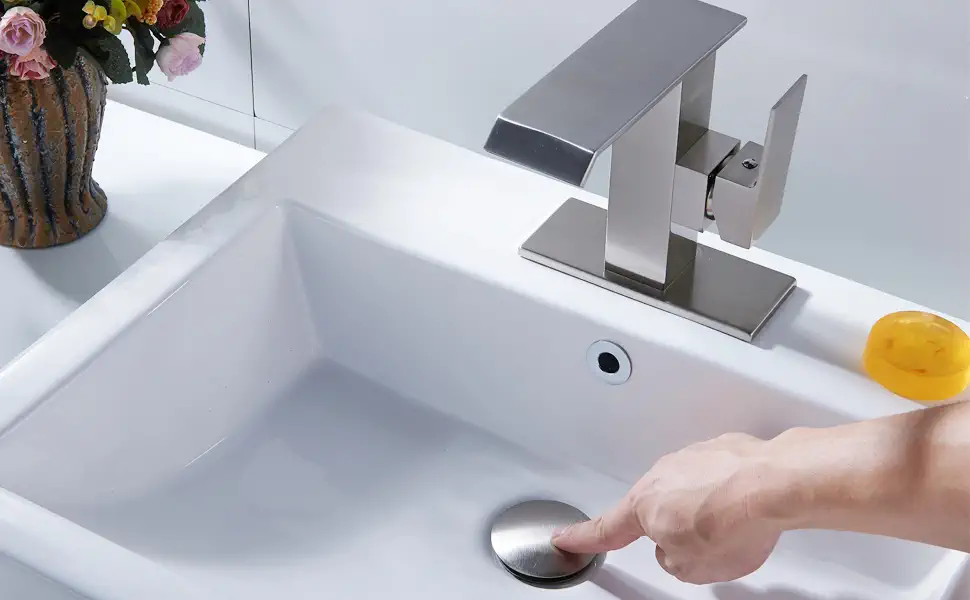
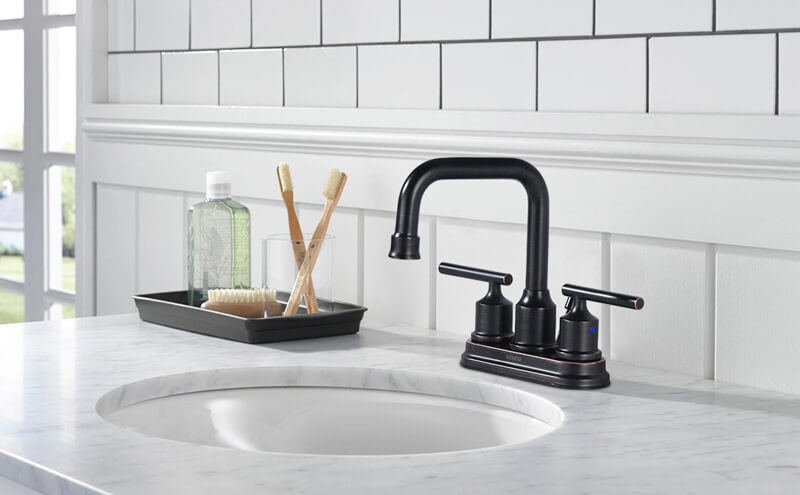
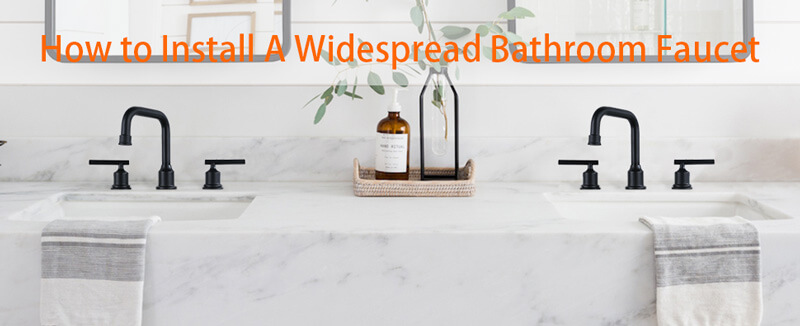
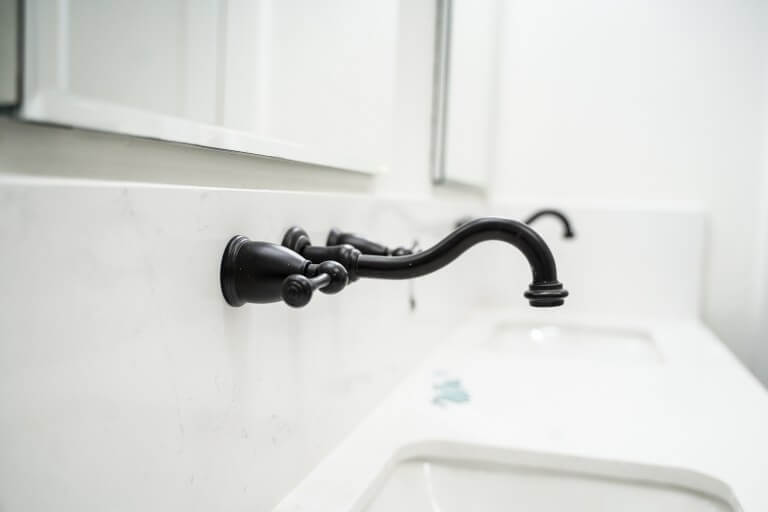
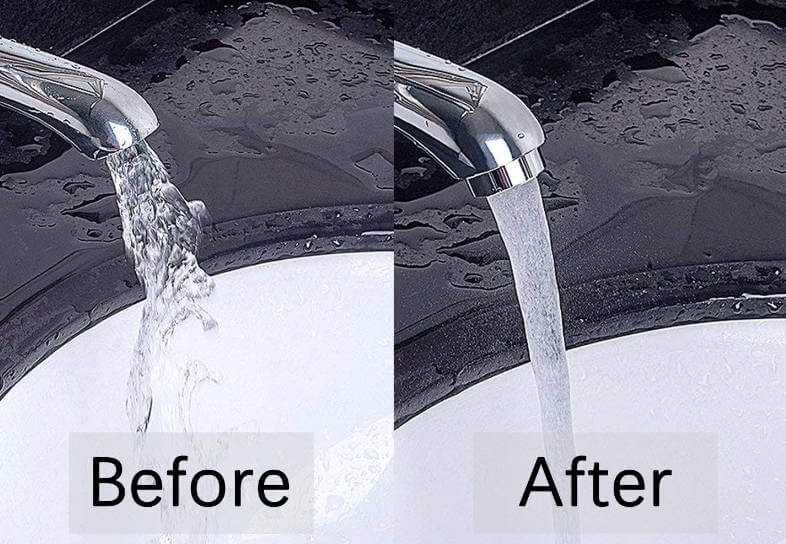
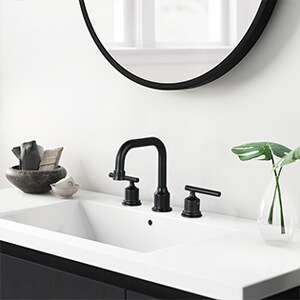
您好!Please sign in